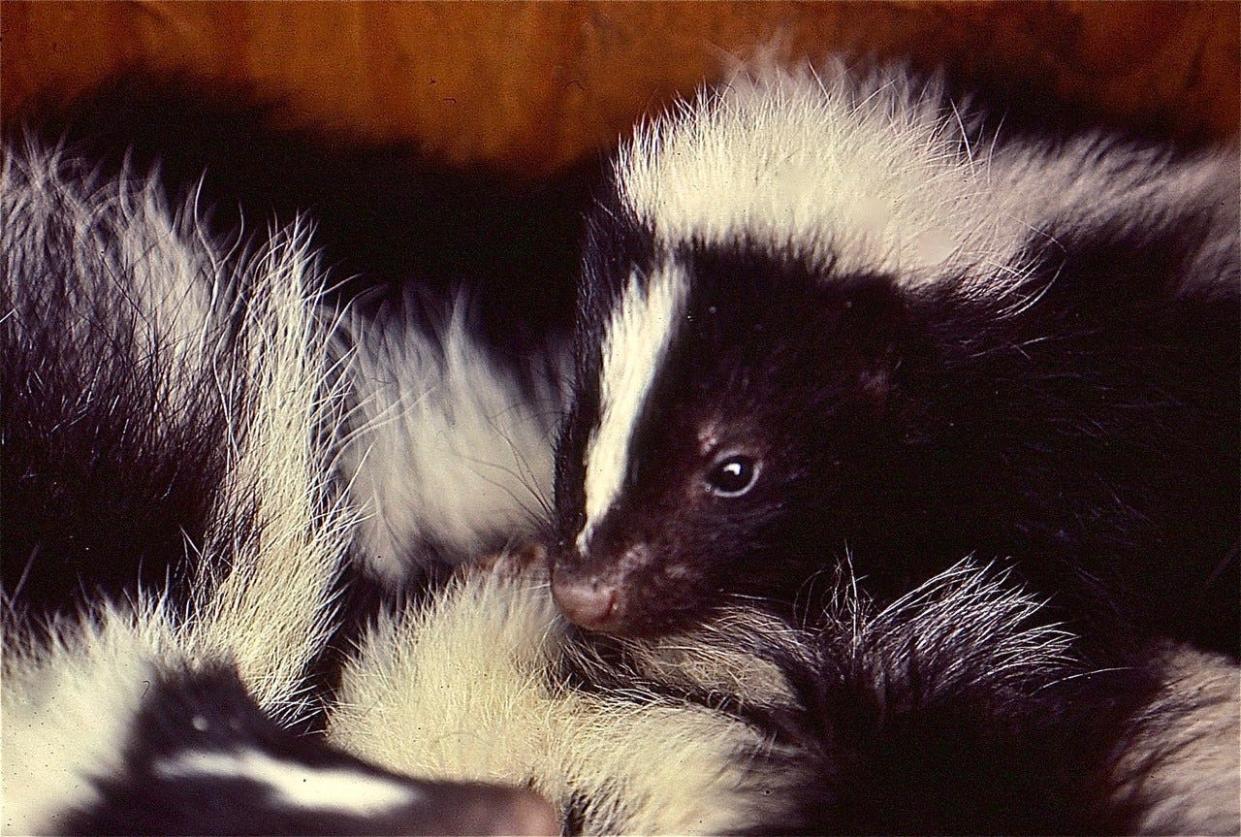What animals leave behind in your yard says a lot. Look for these clues
In this nature-loving life I’ve chosen, scatological subjects arise as a matter of course.
Take this recent voicemail: “I was walking in the woods by my house,” reported a friend, “when I came upon a rather large dropping.”
Another scat call, I thought, hunkering down for the details.
“Scat” refers to wild animal droppings. Their appearance is unique to each species, but can vary greatly depending on what a creature has consumed. Wild grapes will look one way; maple seeds quite another.

Some naturalists are more scat-oriented than others. My personal leaning is toward bird song identification. I will give scat the attention it warrants, but I’m not enthralled. I don’t poke around in scat, trying to determine if it was blackberries or raspberries a black bear was eating when it meandered through a bramble-choked clearing.
And I don’t take a whole lot of photos of scat, which is something Paul Rezendes has spent many hours doing. A book by Rezendes, "Tracking & the Art Of Seeing: How to Read Animal Tracks & Sign," is my go-to scat reference. If an animal has deposited it, Rezendes has measured it, checked it for seeds and bones and photographed it next to a tape measure or coin so its size can be easily gauged.
Three or four times a year, when my e-mail or phone becomes the animal dropping hot line, I go straight to Rezendes. Usually, the communique I’ve received focuses on the correspondent’s unnerving discovery of an unknown – and sometimes large – scat deposit in proximity to his or her dwelling.
More: Outdoors: In upstate New York, there is potential for paradise
Such was the case with a woman who left a message several months ago. She was in her house, she related, but thanks to her cell phone, she was about to walk out in the yard, where the unidentified scat sample awaited.
“I’m out of the house now,” she told me (she was now taking video). “There it is. I’ll walk over to it. Can you see what it looks like?”
I certainly could. Left in a pile some four inches across and an inch or so high, it looked solid black, and featured numerous objects that shined in the sun.
“Get a stick and break it apart,” I said. “My guess is those shiny things are insect wings.” Skunk scat, I have learned from my friend Paul Rezendez, is frequently composed of insect wings and bodies.
“Yes, they sure look wings,” she said, following my instructions. Scat Buster to the rescue again.
A few weeks later, I received an e-mail with a photo attached. The scat appeared black, plentiful and two or three inches high.
“Black bear,” I replied and then continued: “Although bear scat often looks black like this, its content varies depending on what the bear has been eating. And so does the smell. Bear scat from apples will smell faintly of apples. And scat made of grass will smell like the inside of a silo.”
No need to thank me, I wrote in closing. It’s part of the service I offer.
E-mail Rick at rmarsi@stny.rr.com.
This article originally appeared on Binghamton Press & Sun-Bulletin: What animal was in your yard? Here are the clues to look for
